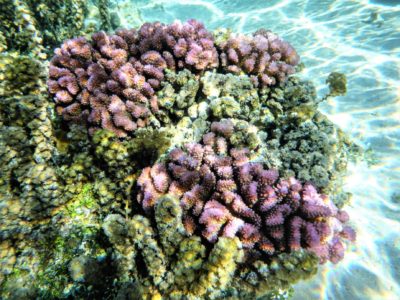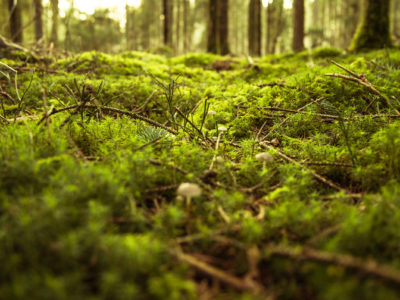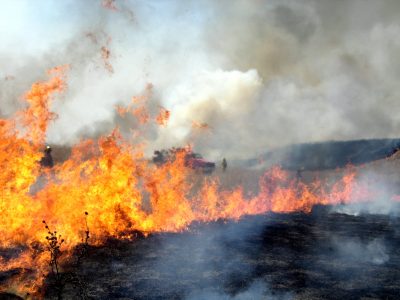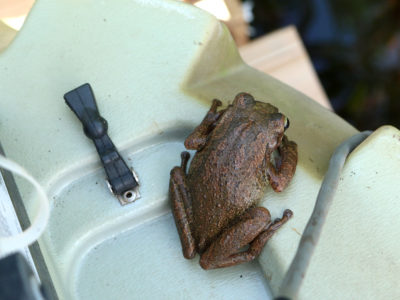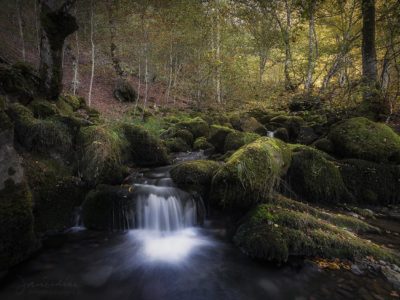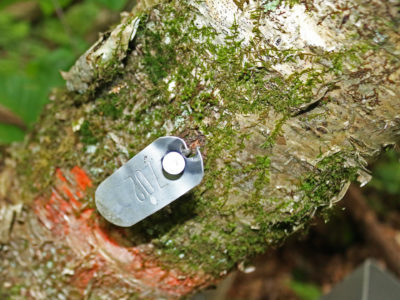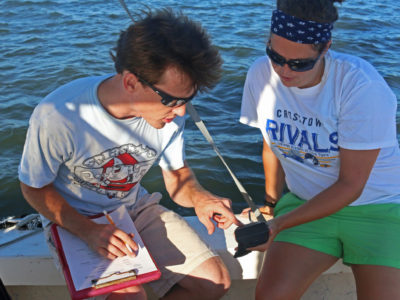The Grasshopper Sparrow – Breeding Nomad of the Grassland Prairie
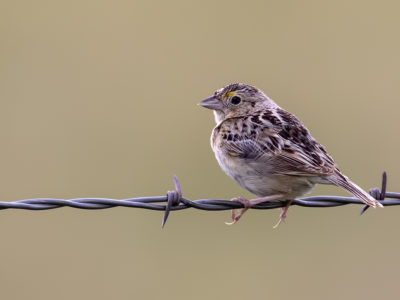
At first glance, the grasshopper sparrow may not look like much. Native to the tallgrass prairies of the American Great Plains, it’s a small brown and black-speckled bird with a wingspan of 8 inches. But this little bird is gaining recognition for its unusual behavior: it has an amazing ability to cover long distances over… Read more »

